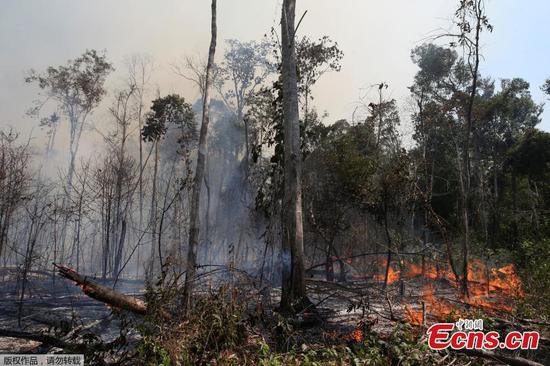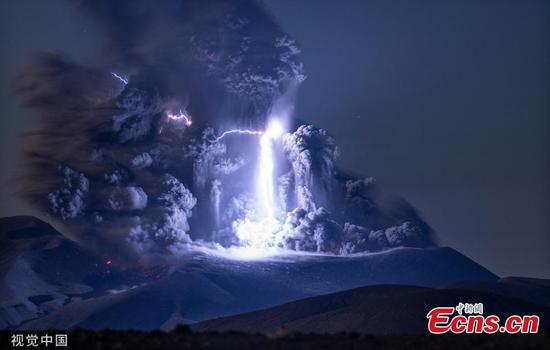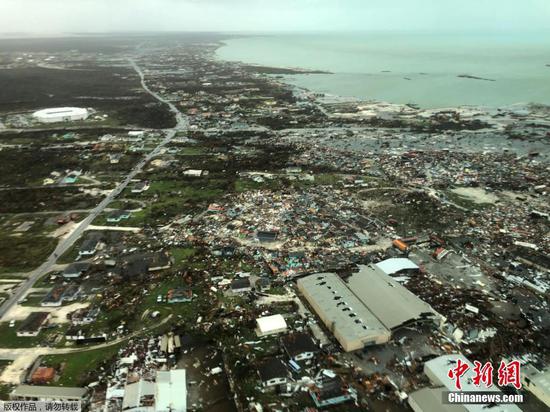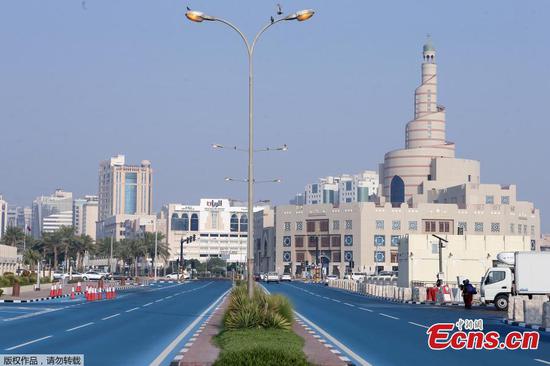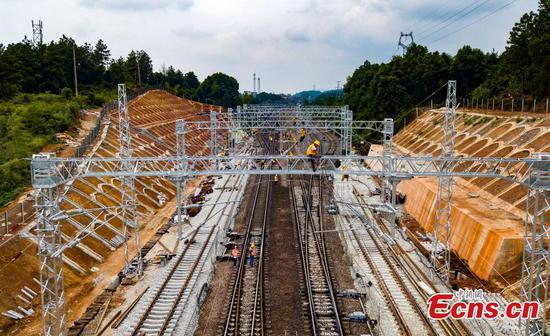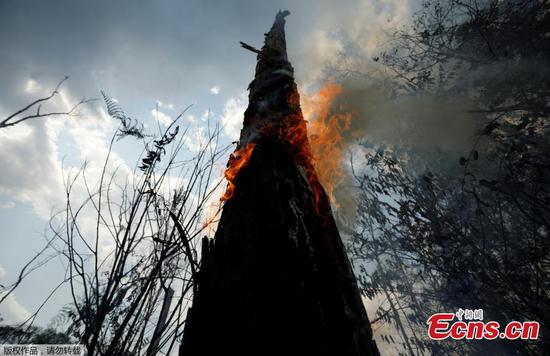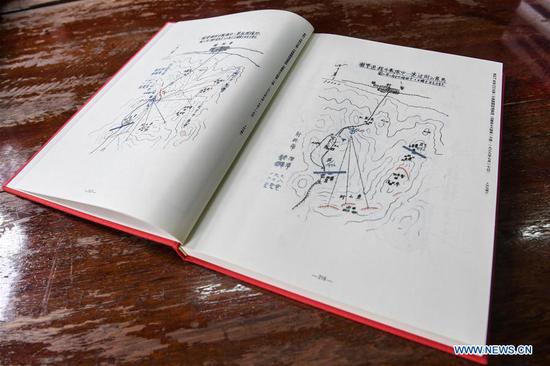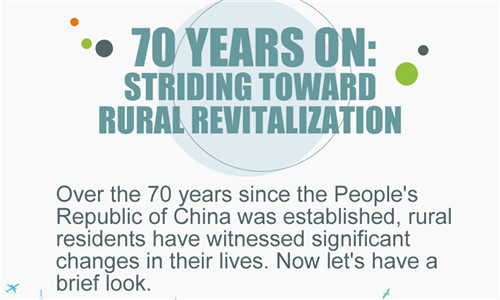
Aerial photo taken on April 11, 2019 shows a view of the Erlangjian scenic spot of Qinghai Lake in Northwest China's Qinghai province. (Photo/Xinhua)
"Qinghai Lake not only belongs to Qinghai province, but also China and the world," Wang Jianjun, Party secretary of the province, said at a news conference in Beijing on Wednesday. "It's our duty to make it more attractive and valuable."
Located in the northeast of the Qinghai-Tibet Plateau, Qinghai province is named after China's largest lake.
The province plays a significant ecological role in the country. Known as a "source of water and mountains" and sometimes nicknamed an "Asian water tower", Qinghai acts as a buffer amid global climate change and serves as an extremely significant ecological barrier for China.
In August 2016, when President Xi Jinping visited Qinghai, he said, "Qinghai's greatest value lies in ecology, its greatest responsibility lies in ecology and its greatest potential lies in ecology."
A number of large-scale land greening campaigns have been carried out over the past few years in Qinghai.
"We continued to strengthen protection and development of the major ecological sectors, and accelerated implementation of key ecological projects to protect natural forests, transform farmlands to forests and grazing pastures to grasslands, while continuing to protect wetlands," Wang said.
The overall water level of Qinghai Lake has risen for 14 consecutive years with nearby wetlands, forests and grasslands increasing in area.
Protected areas continue to grow larger with the province's national nature reserves accounting for 14.8 percent of the country's total, ranking second in China. Qinghai's wetlands account for 15.2 percent of China's total wetlands area, ranking first nationwide.
Significant progress has been made in pollution control. The action plan for preventing and controlling air, water and soil pollution was thoroughly implemented, and the 'Qinghai blue' and 'Qinghai clear' conditions associated with the province have been restored.
Native wildlife numbers are also on the rebound. The Tibetan antelope population rose to more than 70,000 from fewer than 20,000 in the 1980s. Every spring, more than 100,000 migratory birds flock to an island on Qinghai Lake to breed. Home to the headwaters of China's three major rivers-the Yellow, Yangtze and Lancang-the Sanjiangyuan region will open as a national park next year.
A two-day National Park Forum was held in Qinghai last month, attracting more than 450 representatives of regulatory agencies, experts and scholars from home and abroad.
"By 2020, we'll fulfill our duty of opening the national park, by 2022 a natural conservation management system will be built and by 2025 the whole system will be sounder and more effective," Wang said.











